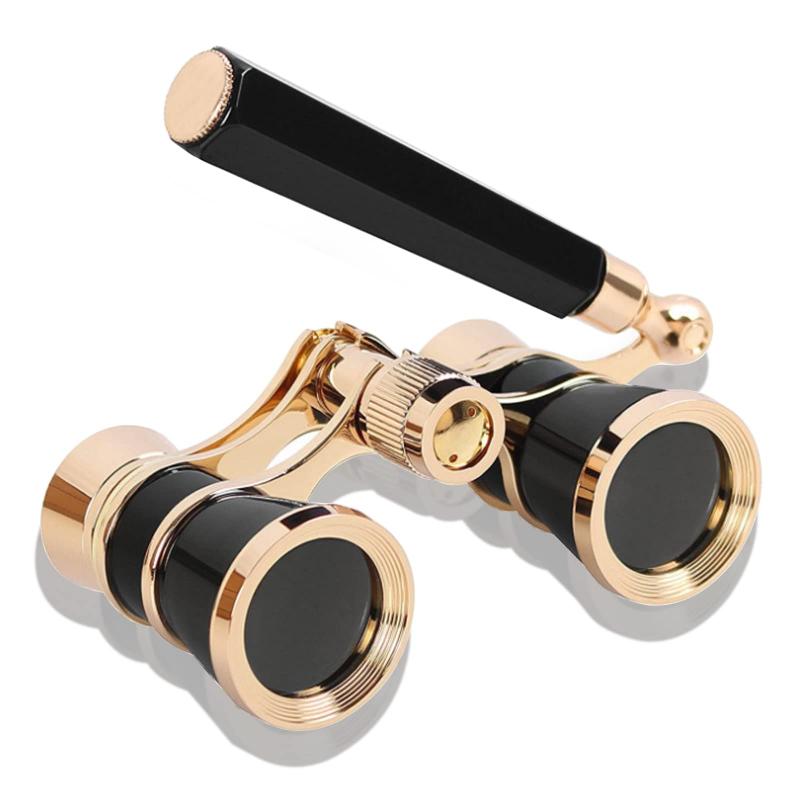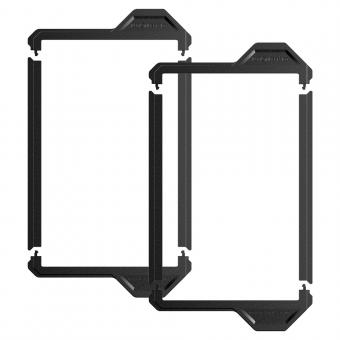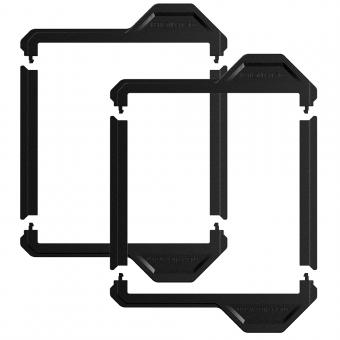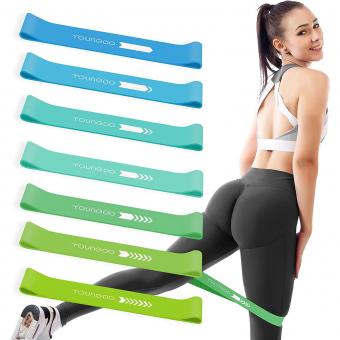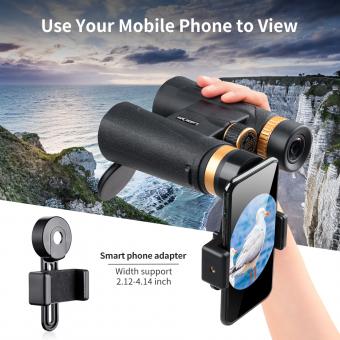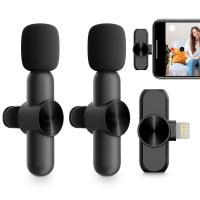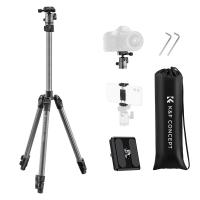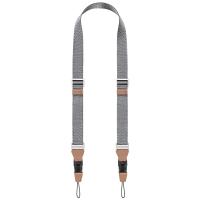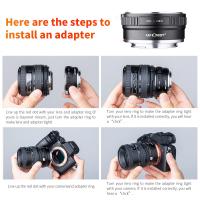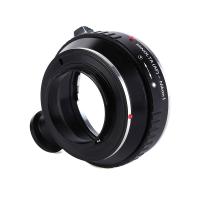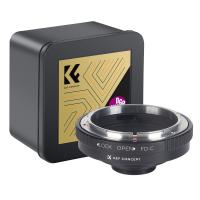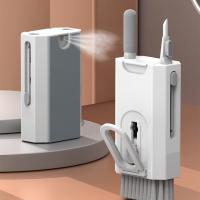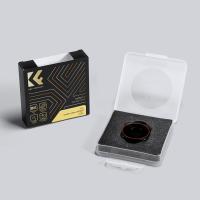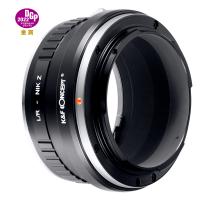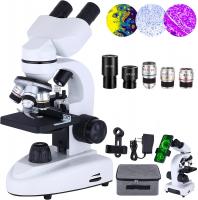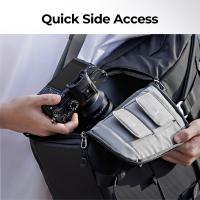What Strength Of Binoculars Is Best ?
The best strength of binoculars depends on the intended use and personal preferences. For general purposes such as birdwatching or wildlife observation, binoculars with a magnification of 8x or 10x are commonly recommended. These provide a good balance between magnification and field of view, allowing for a steady image and easier tracking of moving objects. Higher magnifications, such as 12x or 15x, can provide more detailed views but may be more challenging to hold steady and have a narrower field of view. On the other hand, lower magnifications like 7x or 6x offer wider fields of view and are suitable for activities like sports events or concerts where a larger area needs to be observed. Ultimately, the best strength of binoculars will depend on the specific needs and preferences of the user.
1、 Magnification power: Finding the optimal level for your needs.
When it comes to choosing the best strength of binoculars, the magnification power is a crucial factor to consider. The optimal level of magnification depends on your specific needs and intended use of the binoculars.
For general purposes such as birdwatching, wildlife observation, or sporting events, a magnification power of 8x to 10x is often recommended. This range provides a good balance between magnification and stability. Higher magnification can make it difficult to hold the binoculars steady, resulting in shaky images. Additionally, higher magnification reduces the field of view, making it harder to locate and track moving objects.
On the other hand, if you require binoculars for long-distance viewing, such as astronomy or marine use, higher magnification may be necessary. In these cases, binoculars with magnification power of 12x or even 15x can be beneficial. However, it is important to note that higher magnification also amplifies any hand movements, so the use of a tripod or image stabilization technology is recommended for steady viewing.
It is worth mentioning that recent advancements in binocular technology have introduced image stabilization features, which can compensate for hand movements and provide a more stable viewing experience even at higher magnifications. This technology has made it possible to achieve higher magnification without sacrificing image quality.
Ultimately, the best strength of binoculars depends on your specific needs and preferences. It is recommended to try out different magnification levels and consider factors such as stability, field of view, and intended use before making a decision.

2、 Objective lens diameter: Balancing brightness and portability.
When it comes to determining the best strength of binoculars, one crucial factor to consider is the objective lens diameter. The objective lens is the larger lens at the front of the binoculars that gathers light and determines the brightness of the image. However, finding the ideal objective lens diameter involves striking a balance between brightness and portability.
A larger objective lens diameter allows more light to enter the binoculars, resulting in a brighter image. This is particularly beneficial in low-light conditions, such as during dawn or dusk, or when observing distant objects. Binoculars with larger objective lenses, such as 50mm or 56mm, are often preferred by astronomers and birdwatchers who require optimal brightness and clarity.
On the other hand, larger objective lenses also make the binoculars heavier and bulkier. This can be a significant drawback for those who prioritize portability and ease of use. Carrying heavy binoculars for extended periods can be tiring and may limit mobility, especially during outdoor activities like hiking or wildlife observation.
In recent years, there has been a trend towards more compact and lightweight binoculars with smaller objective lens diameters, typically ranging from 25mm to 42mm. These binoculars offer a good compromise between brightness and portability. They are easier to carry, fit comfortably in a backpack or pocket, and are suitable for a wide range of activities, including sports events, concerts, and travel.
Ultimately, the best strength of binoculars depends on the intended use and personal preferences. If brightness is of utmost importance and weight is not a concern, larger objective lenses are recommended. However, for those seeking a balance between brightness and portability, binoculars with objective lens diameters between 25mm and 42mm are a popular choice in today's market.
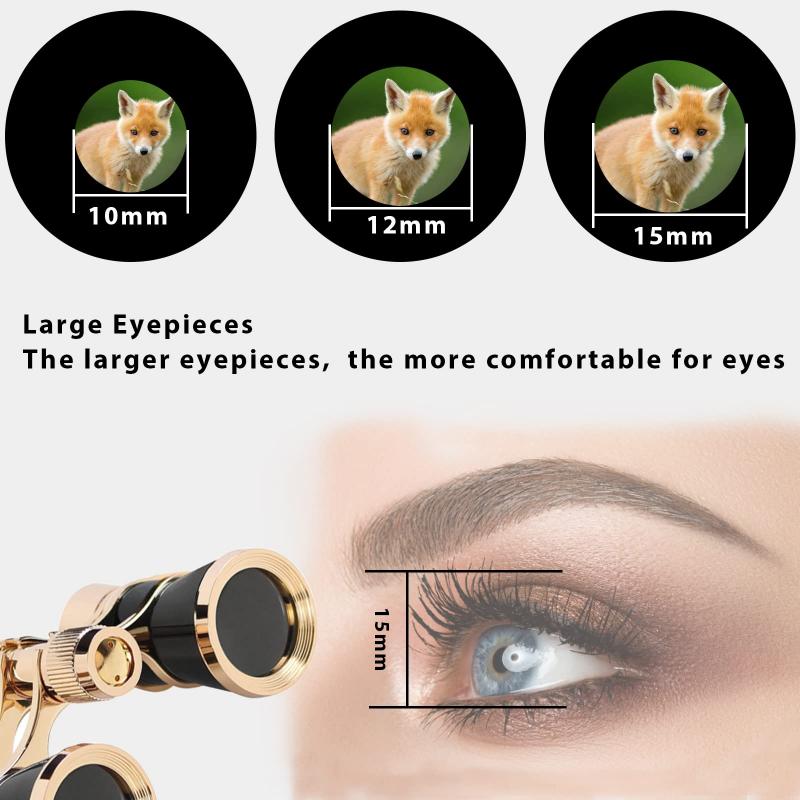
3、 Field of view: Considering the width of the observable area.
When it comes to determining the best strength of binoculars, the field of view plays a crucial role. Field of view refers to the width of the observable area when looking through the binoculars. A wider field of view allows you to see a larger area at once, making it easier to track moving objects or observe a broader scene.
In general, binoculars with lower magnification tend to have a wider field of view. This is because higher magnification narrows the field of view, making it more challenging to locate and track objects. Therefore, if you prioritize a wide field of view, it is recommended to opt for binoculars with lower magnification, such as 7x or 8x.
However, it is important to note that the choice of binocular strength ultimately depends on your specific needs and preferences. For activities like birdwatching or wildlife observation, where tracking moving objects is crucial, a wider field of view is generally preferred. On the other hand, for activities like stargazing or observing distant objects, higher magnification binoculars may be more suitable, even if they have a narrower field of view.
It is worth mentioning that recent advancements in binocular technology have led to the development of models with wider fields of view, even at higher magnifications. Manufacturers have been able to achieve this by incorporating innovative lens designs and coatings. Therefore, it is advisable to consider the latest models and consult expert reviews to find binoculars that offer a balance between magnification and field of view.
In conclusion, the best strength of binoculars in terms of field of view depends on your specific requirements. While lower magnification binoculars generally offer wider fields of view, recent advancements in technology have made it possible to find models with wider fields of view even at higher magnifications. It is recommended to consider your intended use and consult expert opinions to make an informed decision.
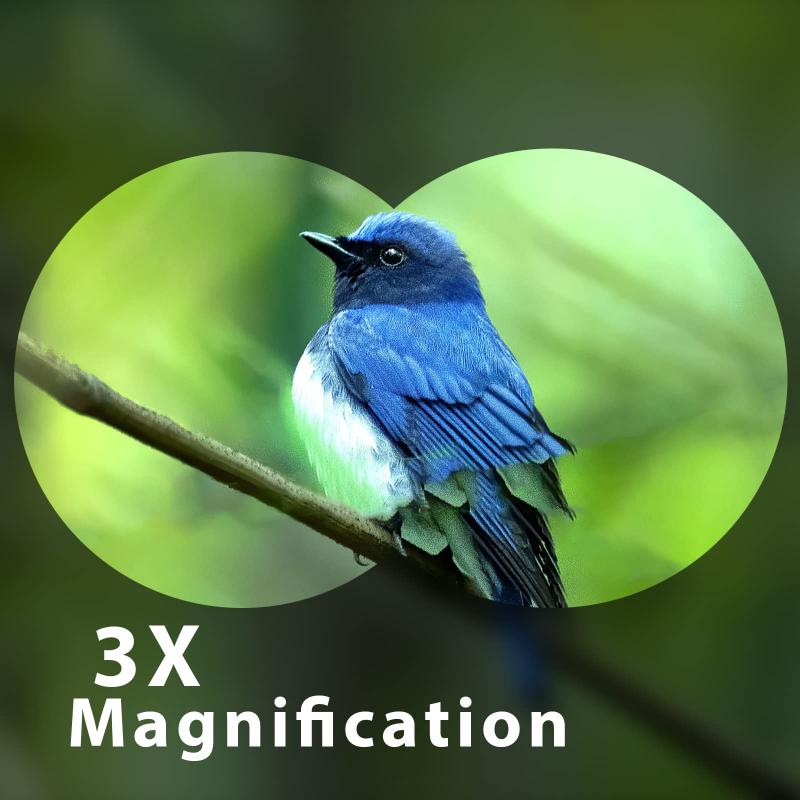
4、 Exit pupil size: Determining low-light performance and comfort.
The strength of binoculars that is best depends on the specific needs and preferences of the user. However, one important factor to consider when determining the quality of binoculars is the exit pupil size. The exit pupil is the diameter of the beam of light that exits the eyepiece of the binoculars and enters the user's eye. It is determined by dividing the objective lens diameter by the magnification power of the binoculars.
Exit pupil size plays a crucial role in determining the low-light performance and comfort of binoculars. In low-light conditions, such as at dusk or dawn, a larger exit pupil allows more light to enter the eye, resulting in brighter and clearer images. This is particularly important for activities like wildlife observation or stargazing, where visibility is often reduced in dim lighting.
Additionally, a larger exit pupil size also contributes to greater comfort during prolonged use. When the exit pupil is smaller than the user's pupil size, it can lead to a "tunnel vision" effect, where the user must position their eyes precisely to see the entire field of view. This can cause eye strain and discomfort over time. Therefore, binoculars with a larger exit pupil size provide a more relaxed viewing experience.
The latest point of view on exit pupil size suggests that a general rule of thumb is to choose binoculars with an exit pupil size that is equal to or slightly larger than the user's pupil size in low-light conditions. The average pupil size of a human eye ranges from 2mm to 7mm, depending on the lighting conditions and age. Therefore, binoculars with an exit pupil size of around 5mm or larger are often recommended for optimal low-light performance and comfort.
However, it is important to note that exit pupil size is just one factor to consider when choosing binoculars. Other factors such as magnification power, objective lens diameter, and overall build quality should also be taken into account to ensure the best binoculars for individual needs.
